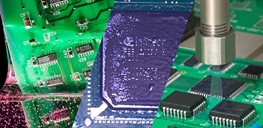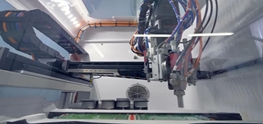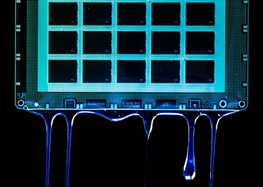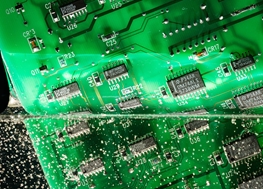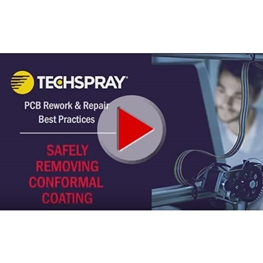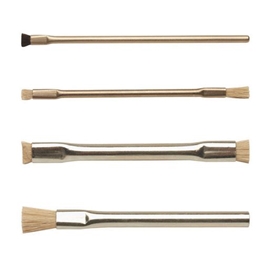Fine-L-Kote SR Silicone Conformal Coating
Silicone Conformal Coating that's ideal for moisture, thermal and vibration protection
FAQ's
What is the difference between full cure and tack-free cure?
Full cure is when it meets all the final specifications. There might be some out-gassing, but it will be as hard as it is going to be, and adhesion is as good as it gets. Tack-free is as the name suggests, not sticky so you can move it along the assembly process.
What does 2-step curing mean?
That just means you break the accelerated curing process into 2 stages. You basically ramp up the heat so the coating has an opportunity to level. Otherwise, you can get a wrinkling or orange peel texture. That texture doesn’t affect performance, just aesthetic. This is not an issue when curing in ambient conditions.
What is the difference between dielectric strength and dielectric withstand voltage?
The dielectric strength is material intrinsic property and withstand voltage is surface property which depend on thickness of the material. They can be slightly different for thicker materials, but for conformal coating, the two numbers should be very close or the same. That is because we test coating at 3-5 mils thickness, calculate, then report the value per mil.
Articles
WEBINAR: Conformal Coating Defects -- How To Diagnose, Repair & Prevent
Applying conformal coating without defects like bubbles, ripples, and open areas can be challenging. Techspray and PVA discuss how to diagnose and prevent defects and improve production throughput and final device reliability.
Read This Post
The Essential Guide to Waterproofing Electronics
This article throws light on the detrimental effects of moisture on electronics, and presents strategies to keep moisture away from electronics. Finally, some products from Techspray are highlighted which would aid manufacturers and end users prevent moisture from entering electronics.
Read This Post
3 Testing Standards That Separate Conformal Coating From Shellac
As an electronic manufacturing services (EMS) supplier, you are required to think on your feet and are forced to gain new capabilities as your customers’ specification change. This can be daunting, especially when you try to bring conformal coating manufacturing in-house and make material and equipm...
Read This Post
How To Identify and Cure The Top 7 Conformal Coating Defects
In this post well take a look at the 7 common conformal coating defects, their causes, and how to prevent. Read this post to avoid issues in your conformal coating process selection and application.
Read This Post
The Essential Guide to Conformal Coating
Conformal coating improves PCB reliability, providing increased dielectric resistance, operational integrity, and protection from corrosive atmospheres, humidity, heat, fungus, and airborne contamination such as dirt and dust. Conformal coating are a special polymeric film forming product that prote...
Read This Post
Video Guide to Removing Conformal Coating
Today I’m going to cover the process of removing conformal coating from a printed circuit board using a solvent-based coating remover or “stripper”. This might be required when repairing or refurbishing electronic devices. There are solvents that are effective of acrylic, silicone and urethane confo...
Read This Post
You did not finish submitting your information to request a sample

